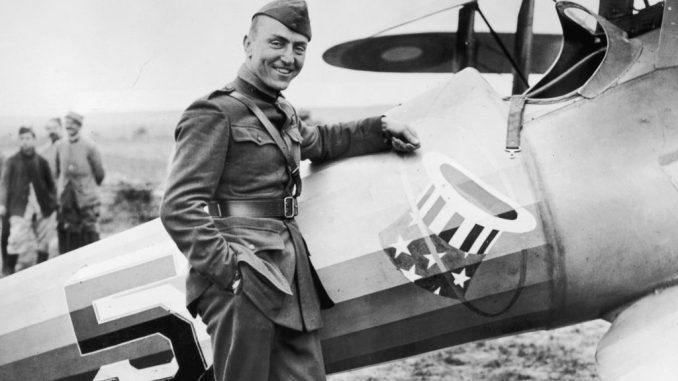
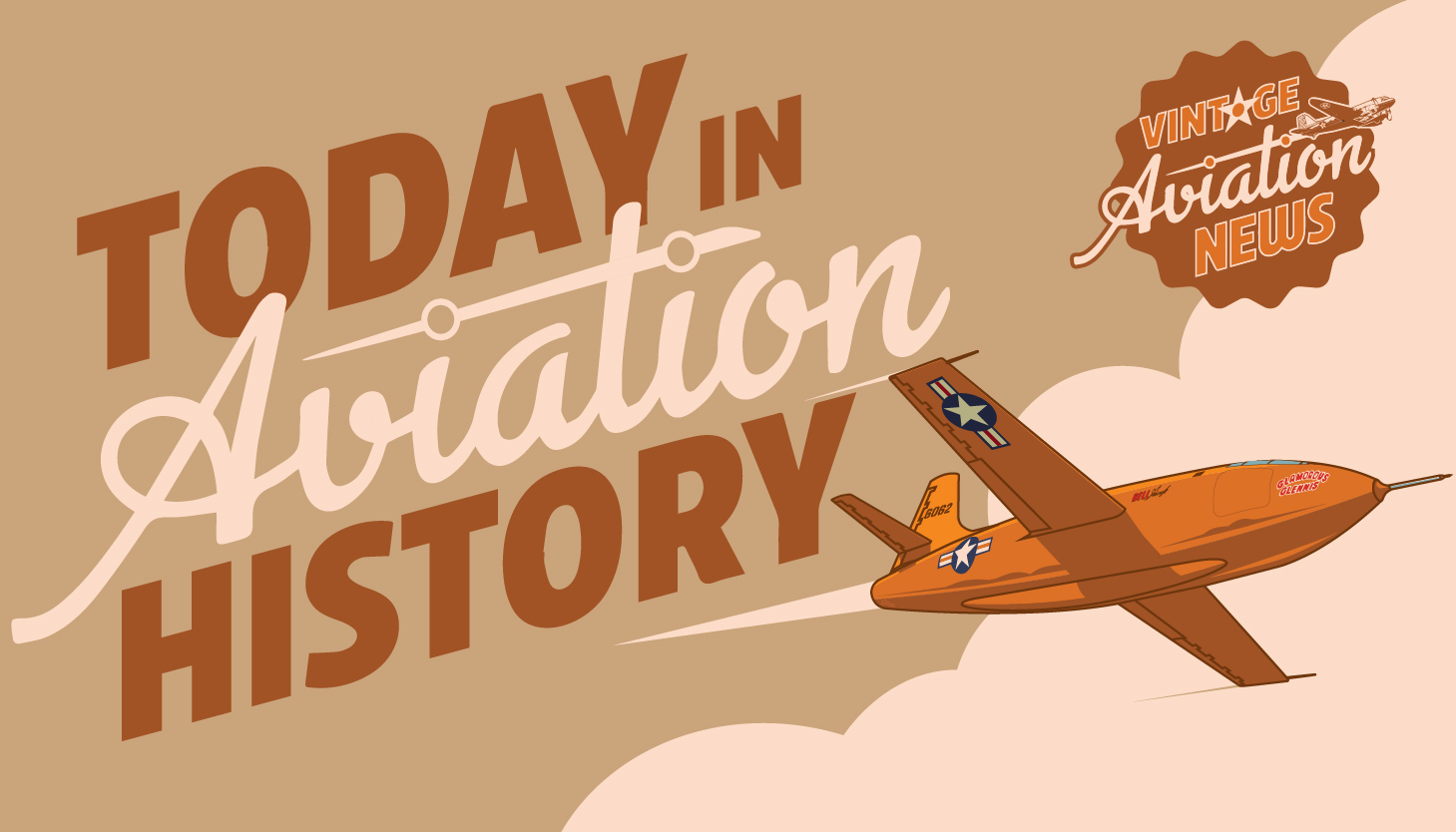
On October 30, 1918, on a bright morning at 1040, Eddie Rickenbacker had his last aerial victory in his SPAD XIII against an observation balloon opponent over Remoiville, France. Eddie was America’s most successful World War I ace, and he secured his 26th and final aerial victory on this day. Edward Vernon Rickenbacker was born on October 8, 1890, in Columbus, Ohio, and was an American fighter pilot in World War I. He was the most successful and most decorated United States flying ace of the war with a Congressional Medal of Honor. Eddie was an all-rounder and touched the skies wherever he went, from a racing driver to an automotive designer and a head of Eastern Air Lines.
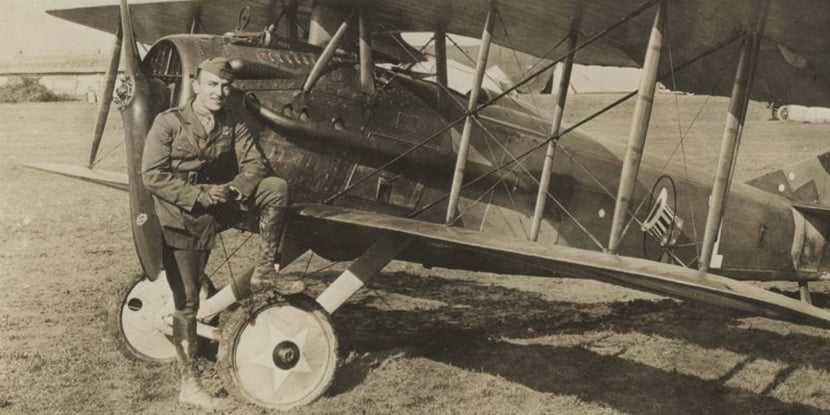
Early Struggles
In his early years, after his family suffered a significant loss at his father’s death, Eddie Rickenbacker held eight different jobs, eventually working at the Oscar Lear Automobile Company. There, he studied engineering via correspondence and gained more responsibility under Chief Engineer Lee Frayer. In 1912, after being banned from racing for safety violations for 12 months, Rickenbacker joined the Duesenberg workshop, working tirelessly to develop the Mason race car. He worked 16 hours a day at a $3 wage.
By 1913, he returned to racing with A.A.A. (American Automobile Association), winning several races and establishing himself as “Fast Eddie,” a daring yet cautious driver, as a sportswriter once remarked. He won three times and finished the season in 27th place on the A.A.A. standings with 115 points. His victories continued, eventually leading to a close championship race in 1916, where he won at Sioux City for the third year in a row, as well as Tacoma and Sheepshead Bay.
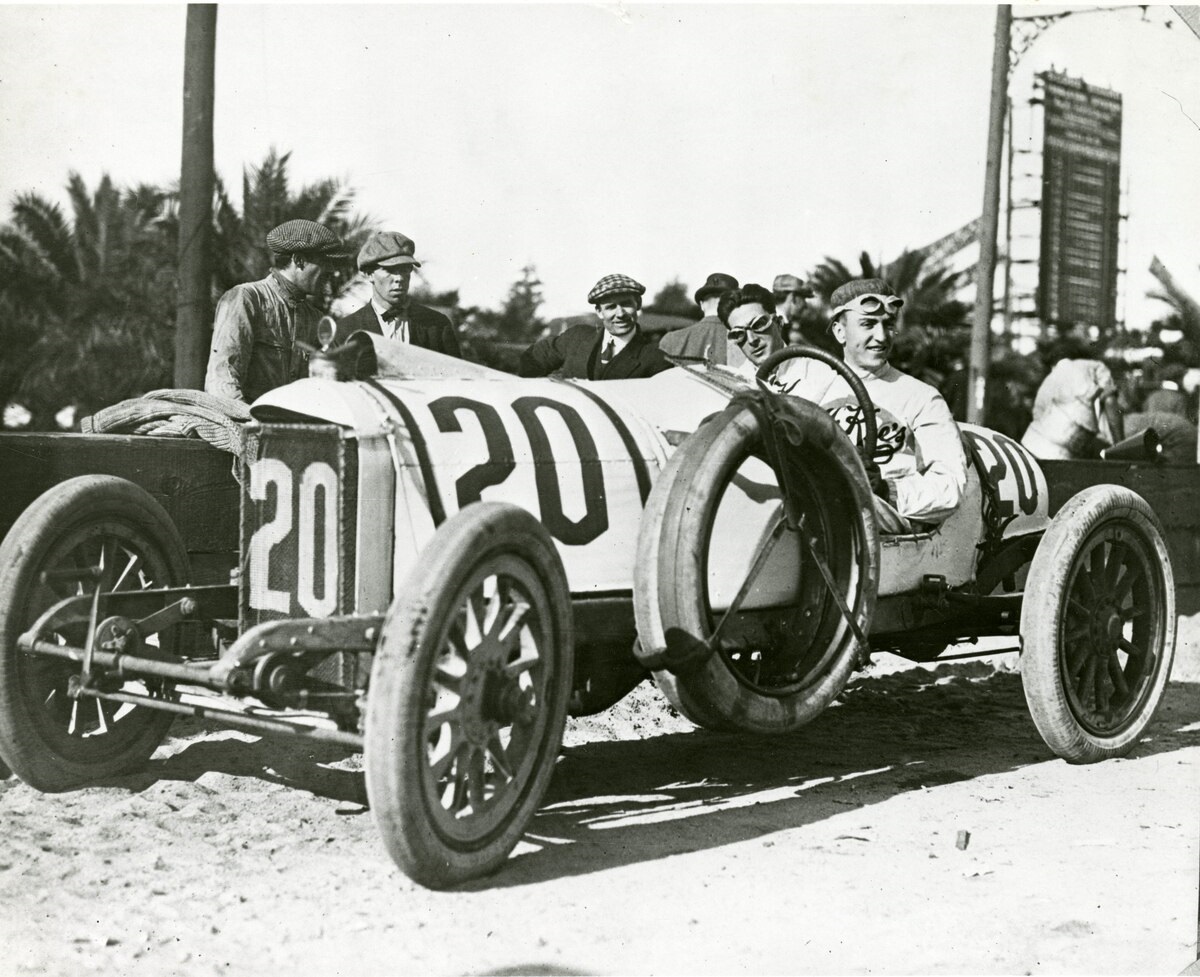
Taste of Wind
While in England, Eddie Rickenbacker witnessed Royal Flying Corps planes in action over the Thames, which sparked an interest in him. After the event, Eddie considered entering the army if the United States came to war with Europe. In May 1917, just before a scheduled race in Cincinnati, he sailed to England with General Pershing and later enlisted in the U.S. infantry. His initial role was driving Army officials between Paris and A.E.F. headquarters in Chaumont, but an unexpected meeting with Captain James Miller led him to become a fighter pilot. Rickenbacker trained as a pilot in France with an advanced training of five weeks of training and 25 hours in the air in September 1917. In January 1918, Rickenbacker eventually became a pursuit pilot after a release for gunnery school and was trained at Villeneuve–les–Vertus Aerodrome. His training was under French ace Raoul Lufbery, whom Eddie credited for much of his flying knowledge.
The “Ace”
Eddie Rickenbacker’s first sortie with Reed Chambers on April 13, 1918, was nearly disastrous due to fog, but they successfully implemented an emergency landing. No later than May 30, 1918, he achieved six victories. However, illness grounded him during the Chateau Thierry campaign, making his sixth victory the last one for another three and a half months. After recovering at the Chateau in the fall of 1918, he was appointed commander of the 94th Squadron, the famous “Hat-in-the-Ring Gang.” Flying 300 combat hours, he brought down 15 planes in the last six weeks of World War I. His 26 victories made him the U.S. ace of aces, earning numerous honors, including the Distinguished Service Cross for a record number of eight times and a Medal of Honor upgrade in 1930. His 26 victories remained the American record until Richard Bong’s 40 victories in World War II.
Eddie Rickenbacker, a celebrated ace pilot, embraced aviation after his earlier career in automobiles after World War I, and his skills in the air earned him lasting fame as the United States ace of aces. Rickenbacker’s accomplishments and numerous accolades marked him as a national hero, and his legacy as a pioneering figure in both aviation and business showcases his passion for flight.
Today in Aviation History is a series highlighting the achievements, innovations, and milestones that have shaped the skies. All the previous anniversaries are available HERE
Related Articles
"Haritima Maurya, pen name, ""Another Stardust,"" has been passionate about writing since her school days and later began sharing her work online in 2019. She was drawn to writing because of her love for reading, being starstruck by the art of expression and how someone can make you see and feel things exclusive to their experience. She wanted to be able to do that herself and share her mind with world cause she believes while we co exist in this beautiful world least we can do is share our little worlds within.
As a commercial pilot, Haritima balances her passion for aviation with her love for storytelling. She believes that, much like flying, writing offers a perspective beyond the ordinary, offering a bridge between individual experiences and collective understanding.
Through her work, ""Another Stardust"" aims to capture the nuances of life, giving voice to moments that resonate universally. "

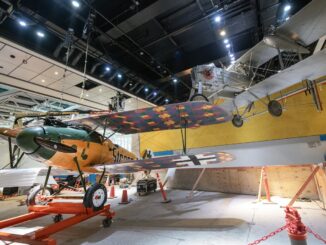
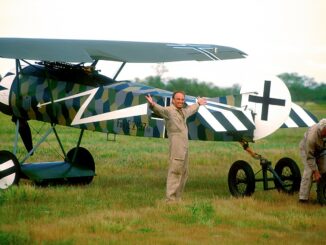
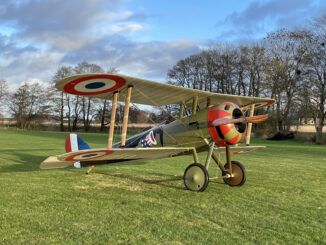


Be the first to comment
Graphic Design, Branding and Aviation Art